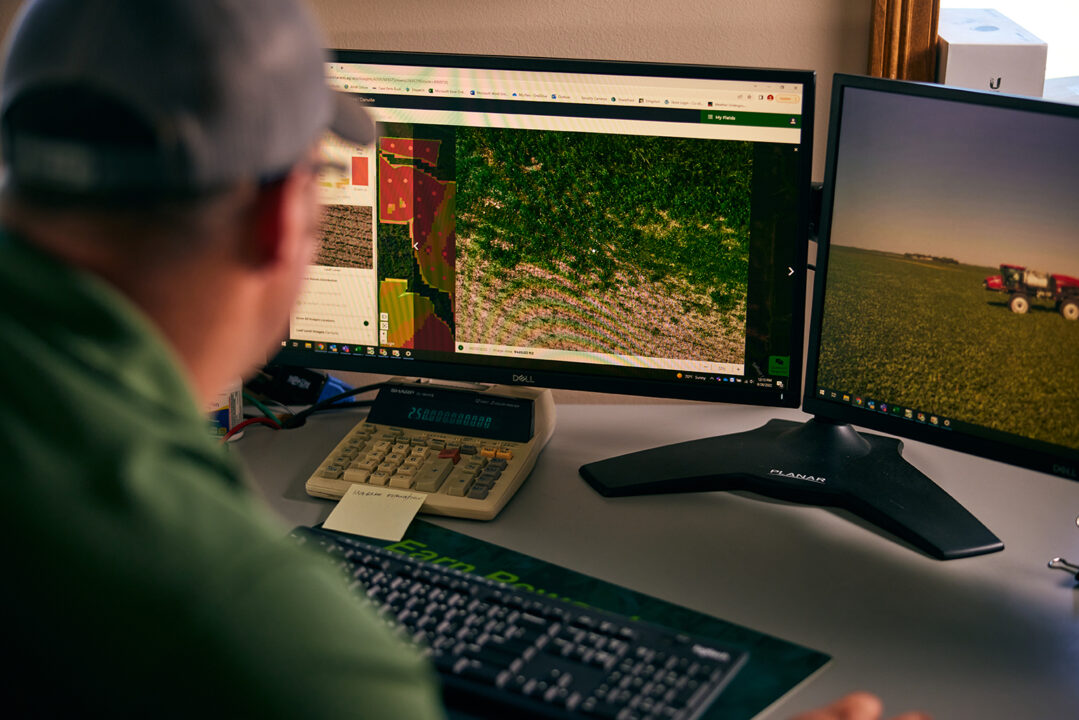BASF: The Challenge Ahead
In the grand scheme of the nation’s economic health, there’s little denying agriculture’s impact. In fact, according to Paul Rea, director of U.S. crop business for BASF Crop Protection, it’s doubtful the world’s population — which has doubled in 40 years to more than 6 billion — could be sustained without the efforts of U.S. growers.
“Ag exports from America in the 1920s totaled $1.9 billion,” said Rea, speaking at a recent BASF event in Grapevine, TX. “Today, that number is $100 billion. In the 1920s, one U.S. grower fed 20 people besides his family. Today, that number is 143.”
Despite this importance, however, U.S. agriculture often finds itself playing the role of “bad guy” for various special interest groups. “In the 1920s, 25% of the nation’s population was involved in farming,” said Rea. “Today, that number is only 2%. As a result, the public perception of agriculture has been on the wrong side of many media reports. And that’s not good. The general population doesn’t understand what we are trying to achieve. Our challenge ahead is to educate everyone on what we do right.”
At BASF, part of the way the company is planning to do this is by helping increase the number of crop protection products growers and ag retailers can utilize to grow their productivity. “Today’s ag industry is operating with an old and shallow toolbox,” said Tom Holt, manager of biology. “Oftentimes, the tools in that toolbox are marginalized by the weed resistance now seen in species like marestail. When we lose products in this way, it is very difficult to get some new products into that toolbox.”
Adding Tools
Not to say that BASF hasn’t tried to do so. A few years ago, the company launched Headline fungicide. According to Nick Fassler, technical market manager for BASF, Headline has been tested on more than 6,000 on-farm fields of corn, soybeans, and wheat, with research showing use of the product can improve plant health and yield potential. “In 2009, 11 million acres of corn were treated with Headline, which represented 12% of the market total,” said Fassler. “According to our research, the use of Headline added 330 million bushels of corn to the nation’s harvest.” He added that the company expects Headline usage on the total corn crop to grow to 24% in the coming years.
For 2010, BASF has expanded the Headline brand with a new product — Headline AMP. Combined with metconazole, Headline AMP can be used to help battle a number of corn foliar diseases, including anthracnose, grey leaf spot, and Southern corn rust. “In trials, Headline AMP provided upwards of an 8 bushels per acre yield increase compared with other products,” said Fassler.
Another new product from BASF is Kixor. According to Dr. Dan Westberg, technical marketing manager, the company has been working with Kixor’s active ingredient pyrimidinedione for more than 10 years. “Kixor technology can be used to control more than 70 broadleaf varieties, including those that are resistant to ALS, triazole, and glyphosate,” said Westberg.
By adding these products — and with another 28 in the company’s research pipeline between now and 2013 — Rea is confident BASF will continue to help agriculture reclaim its positive image. “Growers are some of the best environmental stewards around,” he said. “They know how to make sustainability work and we are hopefully giving them more tools to accomplish this goal.”






